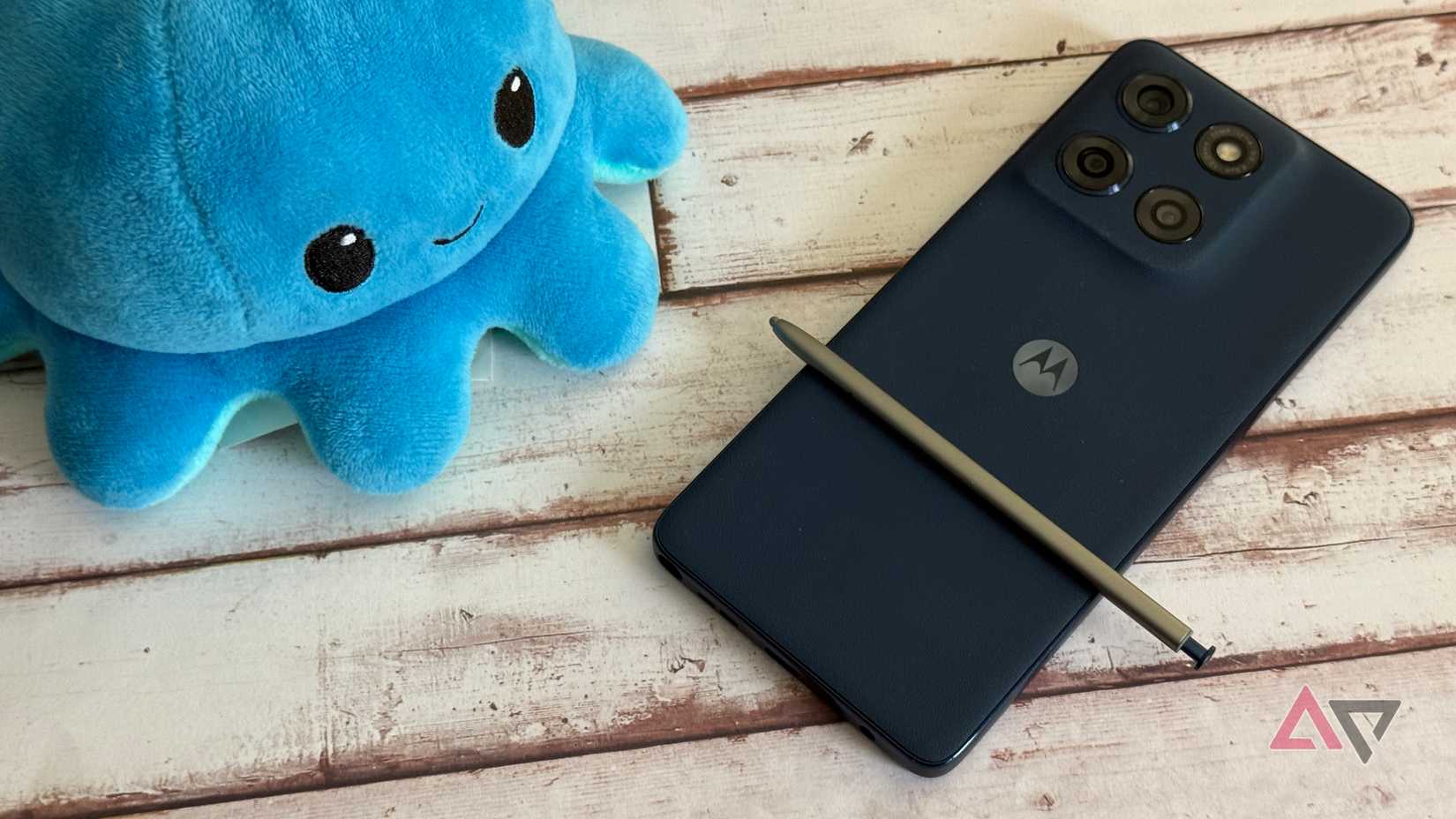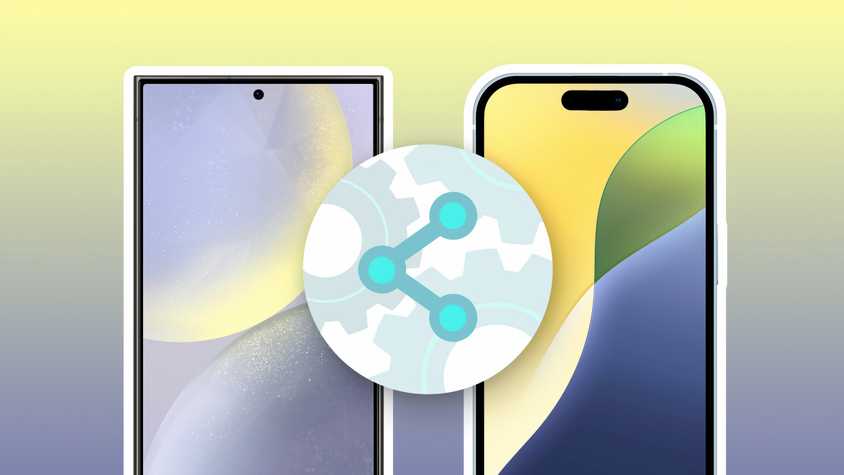If you thought T-Mobile’s consolidation spree was over, think again. The carrier is retiring the standalone T-Mobile Money app and folding it into its multipurpose T-Life super-app — another twist in the never-ending saga of forced migrations that longtime users never asked for (Source: T-Mobile via Android Authority).
A host of updates to be aware of
Naturally, users don’t really have a choice
With this move, T-Mobile is decidedly not cooking.
What’s changing, for better or worse:
- T-Mobile Money won’t exist on your home screen anymore. Banking features will live inside the T-Life app or via t-mobilemoney.com.
- Starting December 1, 2025, earning 4.00% APY on up to $3,000 in checking only requires $200 in monthly direct deposit. Gone are the days of minimum qualifying purchases.
- Everyone gets a new debit card (with tap-to-pay NFC) and a new account number — which means updating your bill autopays, employer deposit setup, and checking your address.
- Appreciated features are disappearing: Pay Friends is paused for “improvements,” check mail-in and personal checkwriting are dead, deposit management moves out of the app, and direct deposit must now be set up via your employer manually.
- The Got Your Back overdraft buffer becomes easier to qualify for, too. The same $200 monthly deposit unlocks up to $50 overdraft coverage every 31 days.
T-Mobile’s official messaging paints this as user-first convenience. But check Reddit, where the reaction is less enthusiastic — especially since the new account number hints at a new banking partner, despite Coastal Community Bank still being listed on the website.
Why this feels like déjà vu
T-Mobile has a history of retiring apps and forcing users into T-Life. Remember T-Mobile Tuesday? Gone. The original T-Mobile app? Also funneled in. Now, your banking app follows. Yet again, T-Mobile says: make peace with T-Life, or you’re out of luck.
And it’s not just the annoyance of learning a new interface. With a new card, new account number, and new setup flows, longtime customers face a messy transition.
- Missed the autopay setup? Prepare for missed bills, and little recourse.
- You’ll have to go through your employer’s direct deposit onboarding again, which can be a slow, tedious process.
- Pausing Pay Friends means relying on third-party services just to square up for a night on the town.
All of this is stacked on a requirement to migrate before the old app disappears completely, though T-Mobile still hasn’t nailed down the exact switchover date. That murkiness only adds to the frustration.
Despite all the doom and gloom, there are some upsides. They just feel a little buried.
- Simpler APY qualification with no transaction minimums, just a direct deposit requirement.
- An all-in-one utility for servicing your wireless bills, perks, and banking under one roof (if you can stomach T-Life’s clutter).
- A refreshed tap-to-pay debit card that fans of increasingly widely adopted contactless payment will probably appreciate. It’ll be especially convenient if you use your card pretty much anywhere other than the US, where contactless payment tends to see more adoption.
The bottom line for your bottom line
T-Mobile is doing what it does best: stripping away standalone apps in the name of “super-app” convenience, then leaving users to cope with the fallout. If you’ve used T-Mobile Money for years, expect to rebuild your direct deposit, reconfigure autopays, and relearn how you bank, because T-Life is now the only game in town.
Fans might welcome simplified APY and improved features. But for many, it’s more complexity, more change, and fewer familiar touch points. Until T-Mobile nails down a live date and smooths out the bumps, this consolidation feels more like corporate chaos than consumer progress.






